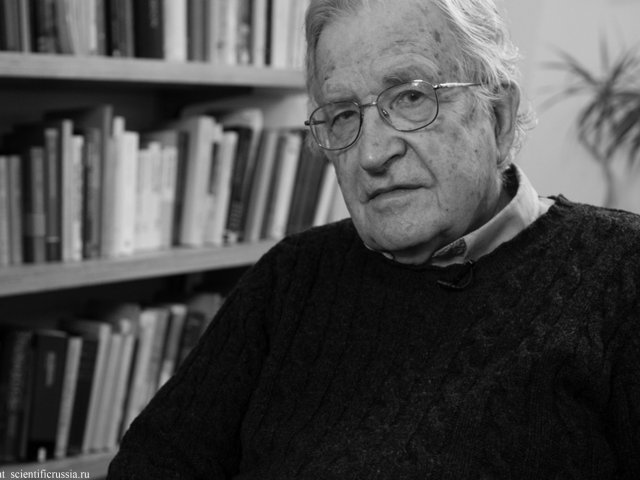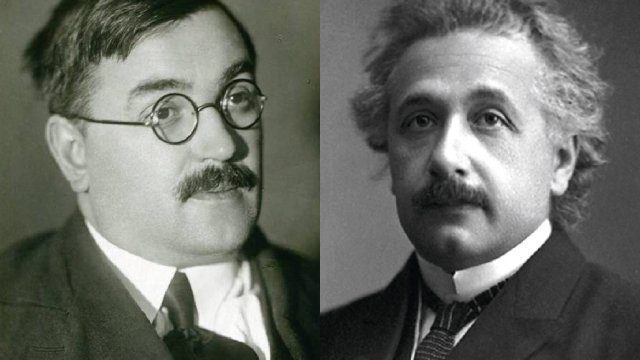Official:
Otto Yevstafievich Kotsebu (also known as Otto von Kotzebue). 18 (30) December 1787 – 3 (15) February 1846. Russian navigator and scientist.
Life and Work:
1. On 1 January 1817, at four o’clock in the afternoon, a sailor on the watch of the Rurik brig shouted, “Land!” The land was explored, mapped and named the New Year Island (now the Mejit Island). It was only one of the three hundred and ninety-nine islands discovered by Otto Yevstafievich Kotsebu in the Pacific Ocean. It was also a tiny part in the vast hydrographical and hydrological explorations of the exceptional Russian navigator and scientist.
2.
“You’ve earned Herostratus’s fame
And death of the German Kotzebue.”
The German Kotzebue scornfully mentioned by Pushkin in this epigram is the scientist’s father, a writer and dramatist August Friedrich Ferdinand von Kotzebue. In the time of birth of his son to be celebrated, the dramatist was the president of the Reval magistrate. He was in the Russian service. At one point, he was a Russian consul general in Germany and was eventually stabbed to death by student Karl Ludwig Sand. It is widely thought he was murdered for his work in favor of Russia.
3. Unlike his father, the son earned Pushkin’s admiration. The great poet dedicated his poem “I Envy You, Brave Scion of the Sea!” to scientist and explorer Otto Kotsebu.
4. Funny enough but “the Scion of the Sea” attended the Land Cadet Corps in Saint Petersburg.
5. The sea didn’t wait too long for him. In the book by Ivan Fyodorovich Kruzenshtern (also known as Adam Johann von Krusenstern) Journey Around the World in the Years 1803, 1804, 1805, and 1806 (Reise um die Welt in den Jahren 1803, 1804, 1805 und 1806), we shall see Otto Kotsebu, a cadet of the Land Corps, on the register of the Nadezhda (Hope) ship commanded by Kruzenshtern himself. Probably, his family ties helped him, Ivan Fyodorovich was a cousin of Otto’s stepmother.
6. On return from the first Russian journey around the world, Otto Kotsebu was promoted to ensign. Henceforth, his fate was forever tied to the sea. At the age of twenty, Kotsebu happened to take part in the Russo-Swedish War and commanded a military transport in the Baltic Sea. During the Napoleonic wars, he served as captain of the Lastochka (Swallow) yacht in the White Sea.
7. In 1815, count Nikolay Petrovich Rumyantsev came up with an idea to organize an overseas expedition solely for scientific purposes. Based on Kruzenshtern’s recommendation, Otto Yevstafievich Kotsebu was placed in command of the expedition aboard the ship Rurik.
8. The expedition came to a triumphant end three years and four days later. In addition to many islands, they discovered a sound in the Chukchi Sea off the coast of Alaska named the Kotzebue Sound.
9. Otto Kotsebu gave the first ethnographic description of the North American Eskimos. The navigator and scientist assumed that Asia was once connected to America and the Gvozdev Islands, also known as the Diomede Islands, were what was left of the former connection between the East Cape or Cape Vostochny (Cape Dezhnev) and the Cape Prince of Wales. In the Kotzebue Sound, the expedition first discovered and described the fossil ice and found the mammoth carcasses.
10. Kotsebu proved that the Marshall Islands consisted of two parallel chains and first expressed the correct idea about the coral atolls’ origin.
11. The expedition ended up in a narrative, A Voyage of Discovery into the South Sea and Bering’s Straits for the Purpose of Exploring a North-East Passage, Undertaken in the Years 1815, 1816, 1817, and 1818.
12. Kotsebu’s expedition was highly praised both in our country and abroad. In his book The Great Explorers of the Nineteenth Century (Les Grands Navigateurs du XIXe siècle), Jules Verne wrote: “These three years of absence had been turned to good account by the hardy navigators. In spite of the smallness of their number and the poverty of their equipment, they had not been afraid to face the terrors of the deep, to venture amongst all but unknown archipelagos, or to brave the rigors of the Arctic and Torrid zones. Two thousand five hundred species of plants, one third of which were quite new, with numerous details respecting the language, ethnography, religion, and customs of the tribes visited, formed a rich harvest attesting the zeal, skill, and knowledge of the captain as well as the intrepidity and endurance of his crew.”
13. Kotsebu undertook his third journey around the world in 1823 – 1826 aboard the sloop Predpriyatie (Enterprise). The fact that this Predpriyatie was also fitted out chiefly for scientific purposes is further evidenced by her crew – physicist Emil Lenz, astronomer Ernst Wilhelm Preuss, and mineralogist Ernst Reinhold von Hofmann.
14. In this expedition, Otto Yevstafievich discovered an atoll that he named the Eschscholtz Atoll in honor of the Russian natural scientist Johann von Eschscholtz, the ship’s doctor of his expedition. But the natives continued to call their coral island Bikini Atoll meaning “coconut place.” This is the atoll which achieved notoriety thanks to the nuclear explosion on 1 July 1946.
15. In addition to geographical discoveries, the third expedition produced the findings of the extensive oceanographic, meteorological, zoological and other scientific studies and the book Journey Around the World in the Years 1823, 1824, 1825, and 1826 at the Command of His Imperial Majesty Alexander I in the Sloop of War Predpriyatie Under Lieutenant Commander of the Fleet Kotsebu.
16. The navigator and scientist never undertook any journeys around the world again. He was promoted to captain but his health undermined on the journeys dented his naval career and forced him to resign. The navigator spent the last years of life at his manor near Reval.
17. Johann von Eschscholtz returned the favor and named a butterfly in honor of Kotsebu. This butterfly is of the family Papilionidae (the swallowtails which in Russian stands for the sailing ships) whether thanks to von Eschscholtz’s witty intention or by happenstance.






















